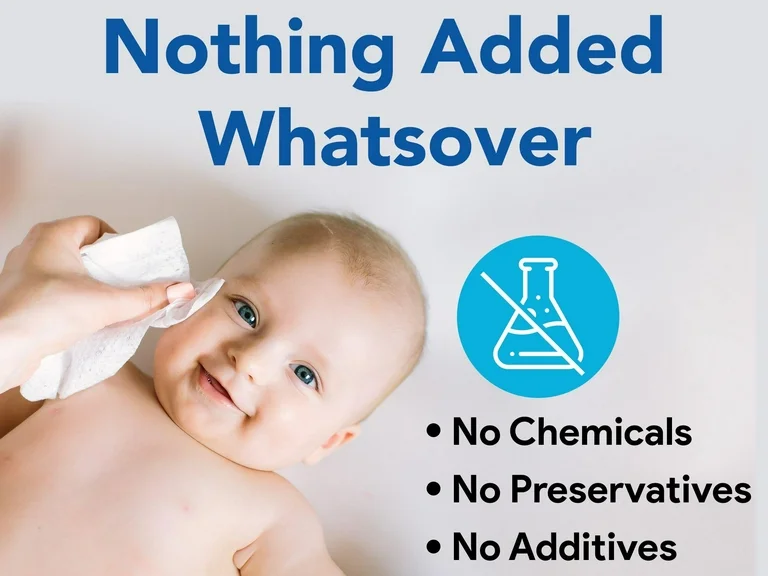
Preservatives in lençóis molhados have always been a point of controversy. As consumer awareness grows, manufacturers are under increasing pressure to use gentler, safer, and more effective sistemas conservantes. Technological advancements have indeed introduced new raw materials with preservative-like effects, offering an alternative to traditional preservatives. However, some brands take advantage of this progress by labeling their products as having “sem conservantes adicionados” to attract health-conscious consumers.
In reality, there is Nenhum padrão global unificado—either industry-wide or regulatory—to clearly define or measure the term "no added preservatives" in products like limpezas líquidas. The phrase is largely a ferramenta de marketing, rather than a scientifically enforceable claim.
O que realmente significa “sem conservantes adicionados”?
According to EU guidelines and the EU Cosmetics Directive 76/768, a more accurate interpretation of "no added preservatives" should be: the product does não inclua matérias-primas adicionadas apenas para suas funções conservantes during production and sales. This includes not only substances officially listed as preservatives, but also ingredients added for other purposes (e.g., as solvents, humectants, or emollients) that happen to exibir atividade conservante.
Matérias-primas comuns com efeitos antissépticos (usadas em toalhas líquidas)
Many of these multi-functional ingredients are used in limpezas líquidas formulas, and while not labeled as preservatives, they serve a similar purpose. Here are some examples:
01. Polióis
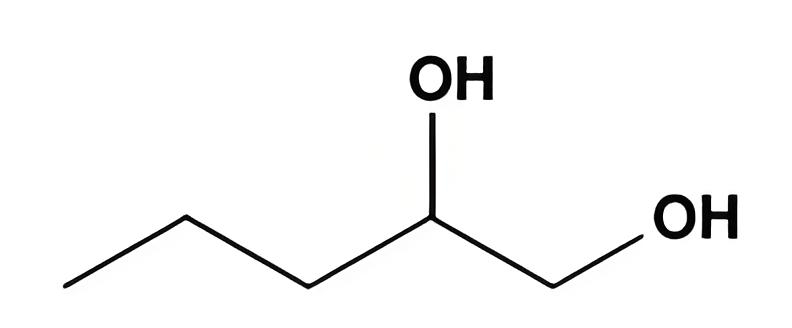
Estes são agentes multifuncionais comuns que oferecem benefícios hidratantes e antibacterianos:
·
1,2-Pentanodiol (INCI: Pentylene Glycol)
·
1,2-Hexanediol (INCI: 1,2-Hexanediol)
·
Caprilílico Glicol (INCI: Caprylyl Glycol)
·
Decanediol (INCI: Decylene Glycol)
·
Etilhexilglicerina (INCI: Ethylhexylglycerin)
·
Os polióis perturbam as membranas celulares microbianas, prejudicando sua capacidade de reprodução. No entanto, sua eficácia e efeitos colaterais variam:
·
1,2-Pentanodiol and 1,2-Hexanediol may cause stickiness at high concentrations.
·
Caprilílico Glicol may cause tingling sensations, especially in sensitive skin, unless balanced by other agents.
·
Decanediol has weak antibacterial properties but is synergistic with traditional preservatives.
·
Etilhexilglicerina affects bacteria by lowering the surface tension of microbial membranes and often works alongside other preservatives.
·
These are frequently present in limpezas líquidas, helping to extend shelf life while not being officially categorized as preservatives.
02. Parahidroxiacetofenona
· 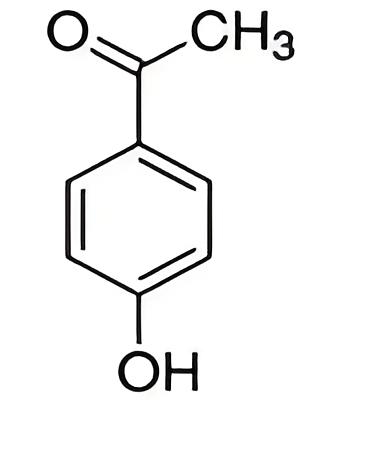
INCI: Hidroxiacetofenona
·
A multifunctional agent with antioxidante, anti-irritação, and antiséptico properties.
·
Muitas vezes usado em toalhas formulações líquidas para melhorar a eficácia de outros conservantes.
·
Atenção: Potencial incompatibilidade com proteínas pode causar descoloração.
·
03. Ácido Caprilhidroxamico

INCI: Ácido Caprilhidroxamico
·
Funciona limitando a disponibilidade de ferro, o que inibe o crescimento do mofo.
·
Most effective in neutro ou ligeiramente ácido environments, ideal for limpezas líquidas.
·
Requer agentes quelantes (por exemplo, EDTA) para manter a estabilidade.
·
04. Extratos de plantas
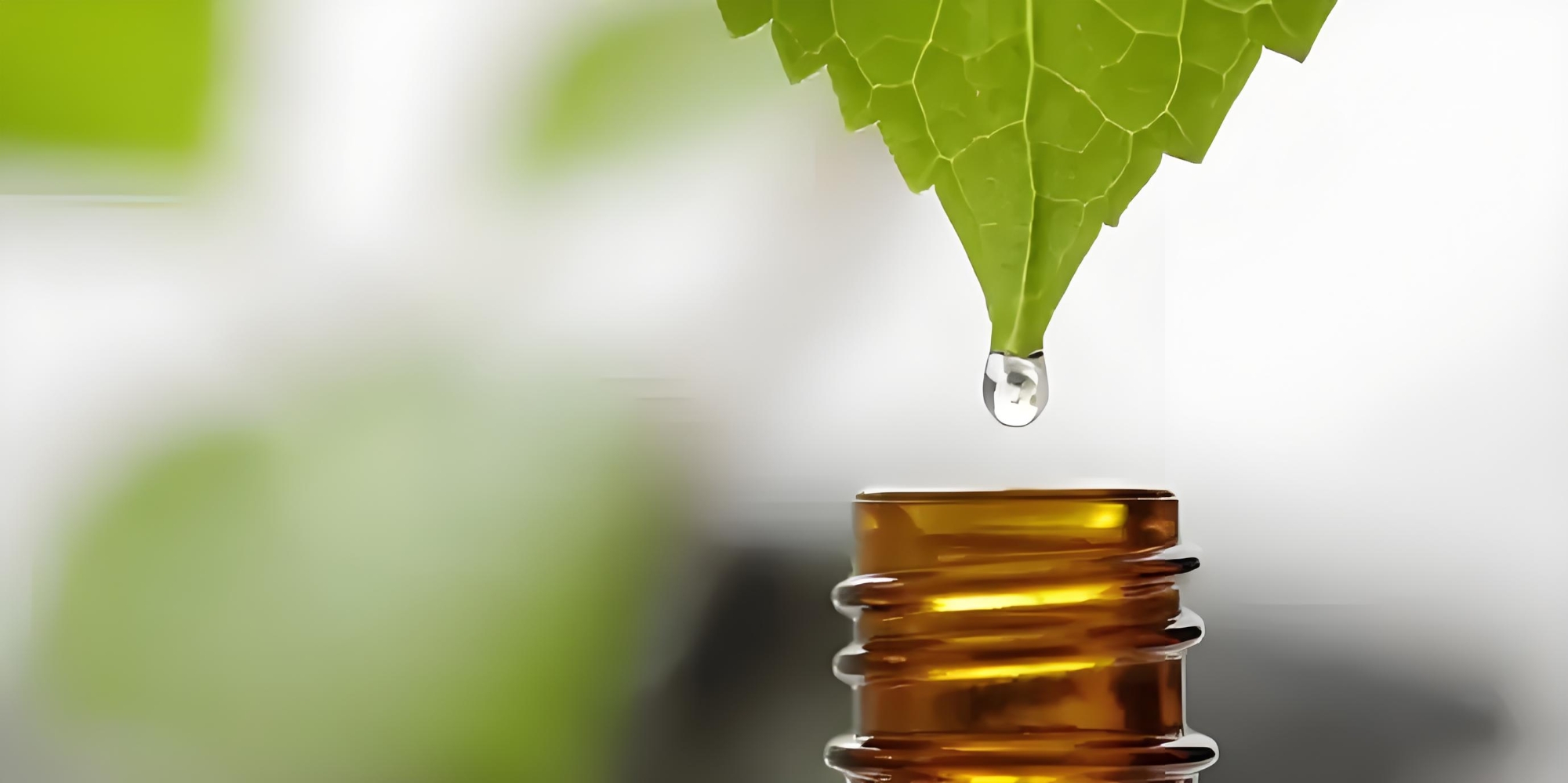
Alternativas naturais promovidas por seus efeitos antimicrobianos. Exemplos:
·
Extrato de raiz de Scutellaria, Artemísia argyi, Lactobacillus fermento, etc.
·
·
Commercial blends: SEC-CP, NataPres, EURO-NApre
·
Desafios:
·
Mais fracos do que os conservantes tradicionais
·
Problemas de estabilidade devido a pH inconsistente entre lotes
·
Prone to Problemas de compatibilidade and mudanças de cor in formulations
·
Estes ingredientes estão se tornando cada vez mais populares em produtos líquidos de lençóis naturais, mas suas limitações devem ser claramente compreendidas.
Outros Antisépticos Funcionais
·
Octanoato de sorbitano
·
Ácido p-anisico
·
Chitosano – works by chelating key metal ions, thus inhibiting microbial growth.
·
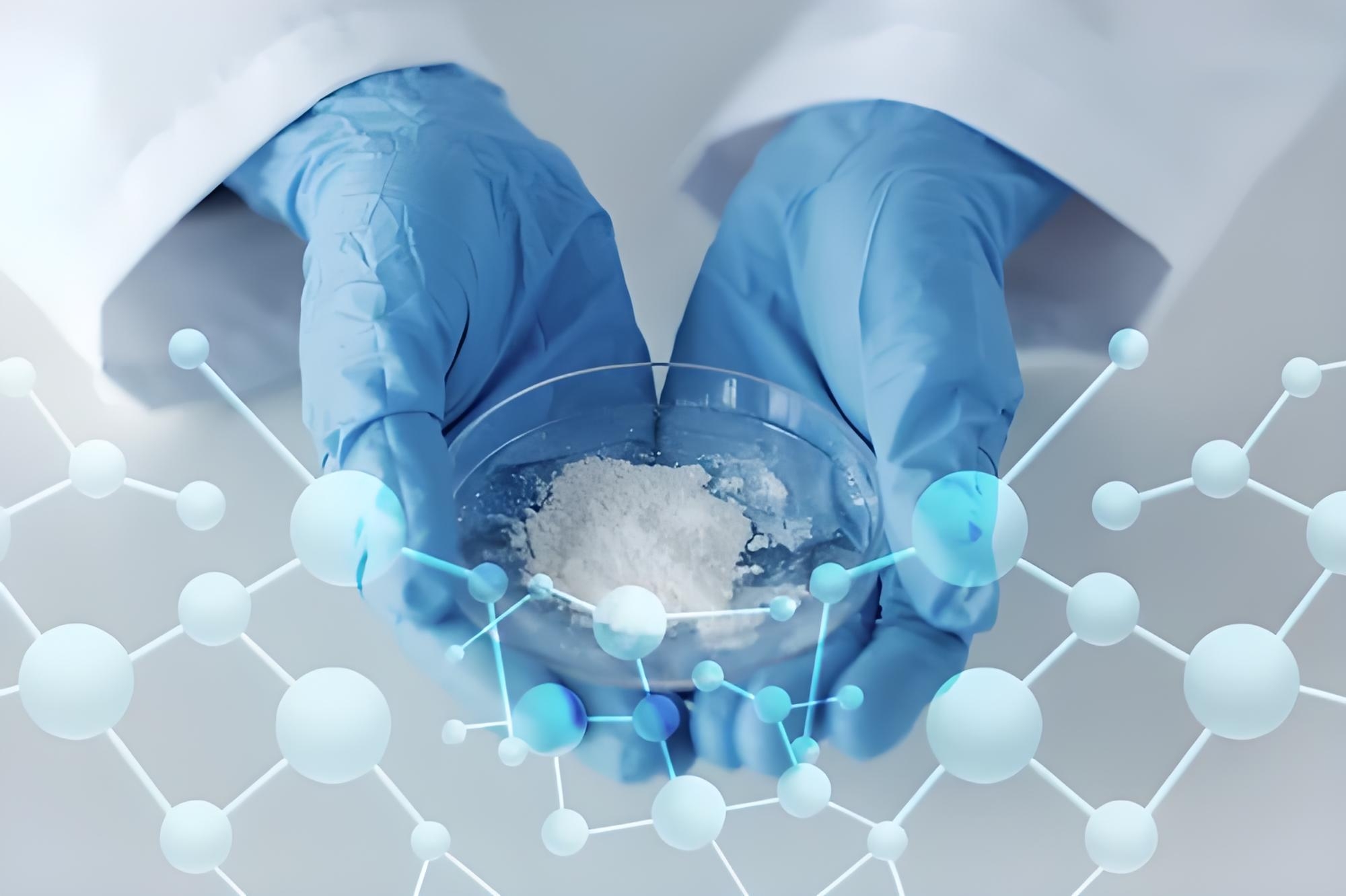
Key Takeaway para consumidores e fabricantes
Preservatives are Não definido apenas por rótulos regulamentares. Any substance that inhibits microbial growth, including many found in limpezas líquidas, plays a papel conservante—regardless of how it's labeled.
Using “no added preservatives” as a marketing hook—while still including polyols, chelating agents, or natural extracts that perform preservative functions—is enganosa. It blurs the line between transparency and deception.
For manufacturers, making such claims without full disclosure is not just unethical—it risks long-term trust. Regulatory frameworks may eventually catch up, but until then, formulação responsável e rotulagem honesta are vital.
Pensamento final: Whether it’s a classic preservative or a dual-function ingredient in a limpezas líquidas, the goal remains the same: to ensure safety, prevent contamination, and maintain product stability. It’s time we shifted from buzzwords to clarity—for the benefit of both consumers and the industry.






 pt
pt
 English
English
 USA
USA
 西班牙语
西班牙语
 俄罗斯
俄罗斯
 印尼
印尼
 巴基斯坦
巴基斯坦
 尼日利亚
尼日利亚
 孟加拉
孟加拉
 墨西哥
墨西哥
 越南
越南
 日本
日本
 韩国
韩国

